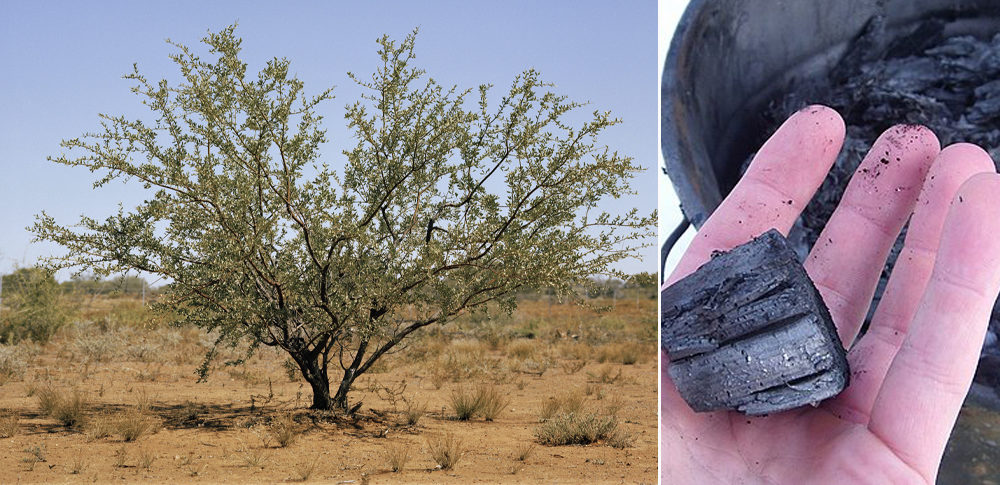Green Day Energy is proposing to construct a biomass plant in the central Queensland town of Richmond using a weed, prickly acacia, as its input material. The company says it has developed a torrefaction process which will turn the invasive species into woodchip pellets suitable for use in power plants. It has also signalled it could produce agricultural product biochar from the weed, and potentially even hydrogen.
The $30 million plant would be capable of producing 100,000 tonnes of biomass per annum, requiring 300,000 tonnes of raw material, which in this case appears to be exclusively prickly acacia plants. This could represent a removal of around one million weed plants per year.
Originating in Africa, the prickly acacia is a problem across Queensland and the Northern Territory, taking over grasslands and depleting soil.
Last week, Green Day Energy signed a Memorandum of Understanding (MoU) with Richmond Shire Council giving it access to 10,000 hectares (100 square kilometres) of prickly acacia-infested land.
Putting aside the project’s promise of turning a noxious weed into a valuable product, and consequently ridding northern Australia of it, it’s worth noting each of the output options would substantially shift the project’s green credibility.
Biomass
Biomass is not a zero emissions energy source. It emits carbon and other pollutants – arguably as much or more than coal itself – but it is classed as “carbon neutral” because, theoretically, the carbon emitted from wood when burned can be sucked back into trees as they grow.
The biomass industry has many critics, with some – including Australian Conservation Fund’s Suzanne Harter – skeptical about establishing a biomass or wood pellet industry in Australia, after the methods have come into widespread disrepute in North America and Europe.
Biochar
On the other hand, biochar – which is not burned but rather buried in the ground to promote healthy soil in the agriculture industry – easily classifies as ‘green.’ Biochar in an increasingly in demand product, though perhaps not enough in itself to build a business case on.
Hydrogen
Green Day Energy founder Brad Carswell has also gestured at the potential for the project to produce hydrogen through a patented process of “pressure swing adsorption,” according to regional newspaper the North Queensland Register.
Carswell estimates the method can produce 200 kilograms of hydrogen from every tonne of biochar.
Realising this would require the company to extend its plant proposal, for which it has now began capital raising. It is hoping to begin work on the plant by mid-year.
Central Queensland University (CQUniversity) is also partnering on the project, assisting the company with research and development.
Biomass to hydrogen
Biomass to hydrogen projects have become increasingly popular in Australia over the last year. In September, Sweetman Renewables, born of the century-old Sweetman’s Timber sawmill, announced its plan to produce hydrogen by gasifying woodchips using partner CAC-H2’s technology.
Since then, CAC-H₂ announced project partnerships with Patriot Hydrogen and Clean Holdings. Verdant Earth Technologies and Port Anthony Renewables Limited are also developing biomass to hydrogen plans, with energy investor Liberty Energy Capital supporting both companies as well as Sweetmans.
This content is protected by copyright and may not be reused. If you want to cooperate with us and would like to reuse some of our content, please contact: editors@pv-magazine.com.









1 comment
By submitting this form you agree to pv magazine using your data for the purposes of publishing your comment.
Your personal data will only be disclosed or otherwise transmitted to third parties for the purposes of spam filtering or if this is necessary for technical maintenance of the website. Any other transfer to third parties will not take place unless this is justified on the basis of applicable data protection regulations or if pv magazine is legally obliged to do so.
You may revoke this consent at any time with effect for the future, in which case your personal data will be deleted immediately. Otherwise, your data will be deleted if pv magazine has processed your request or the purpose of data storage is fulfilled.
Further information on data privacy can be found in our Data Protection Policy.